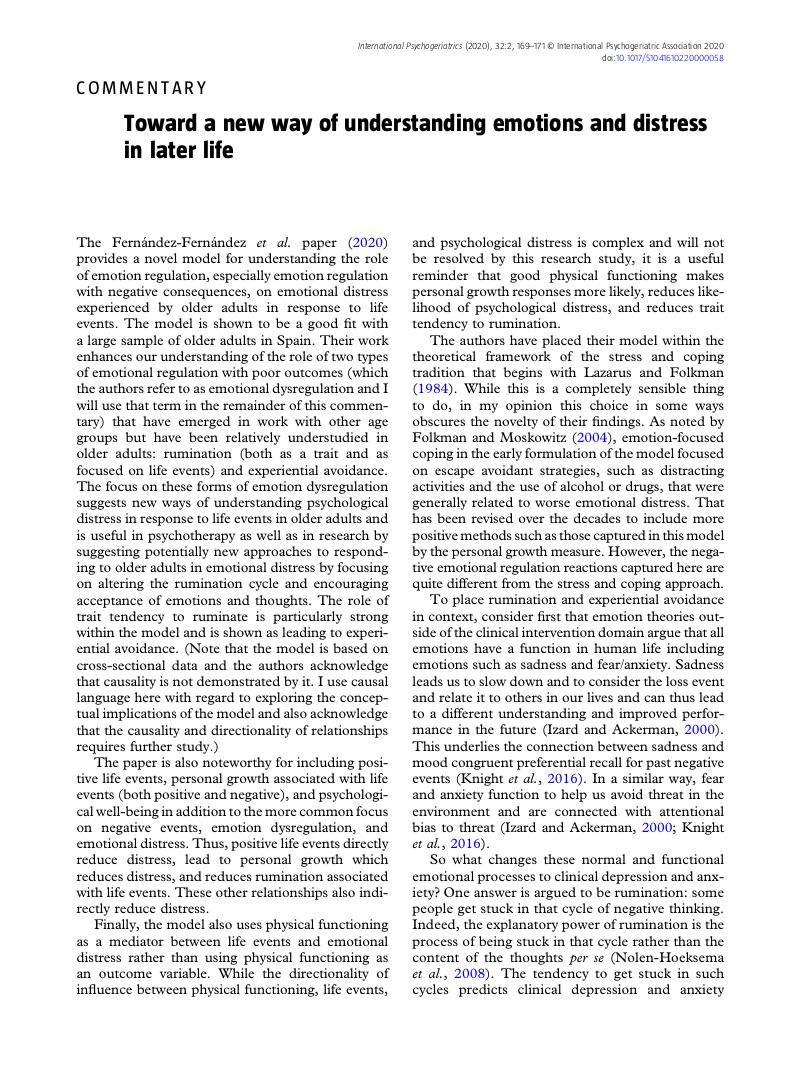Crossref Citations
This article has been cited by the following publications. This list is generated based on data provided by Crossref.
Holmgren, Marianne
and
Ahlström, Gerd
2024.
Good life in old age: Qualitative interviews about ageing with older adults with mild intellectual disability, prior to an educational intervention.
Journal of Intellectual Disabilities,
Vol. 28,
Issue. 4,
p.
1118.



